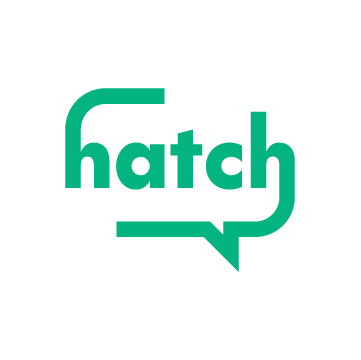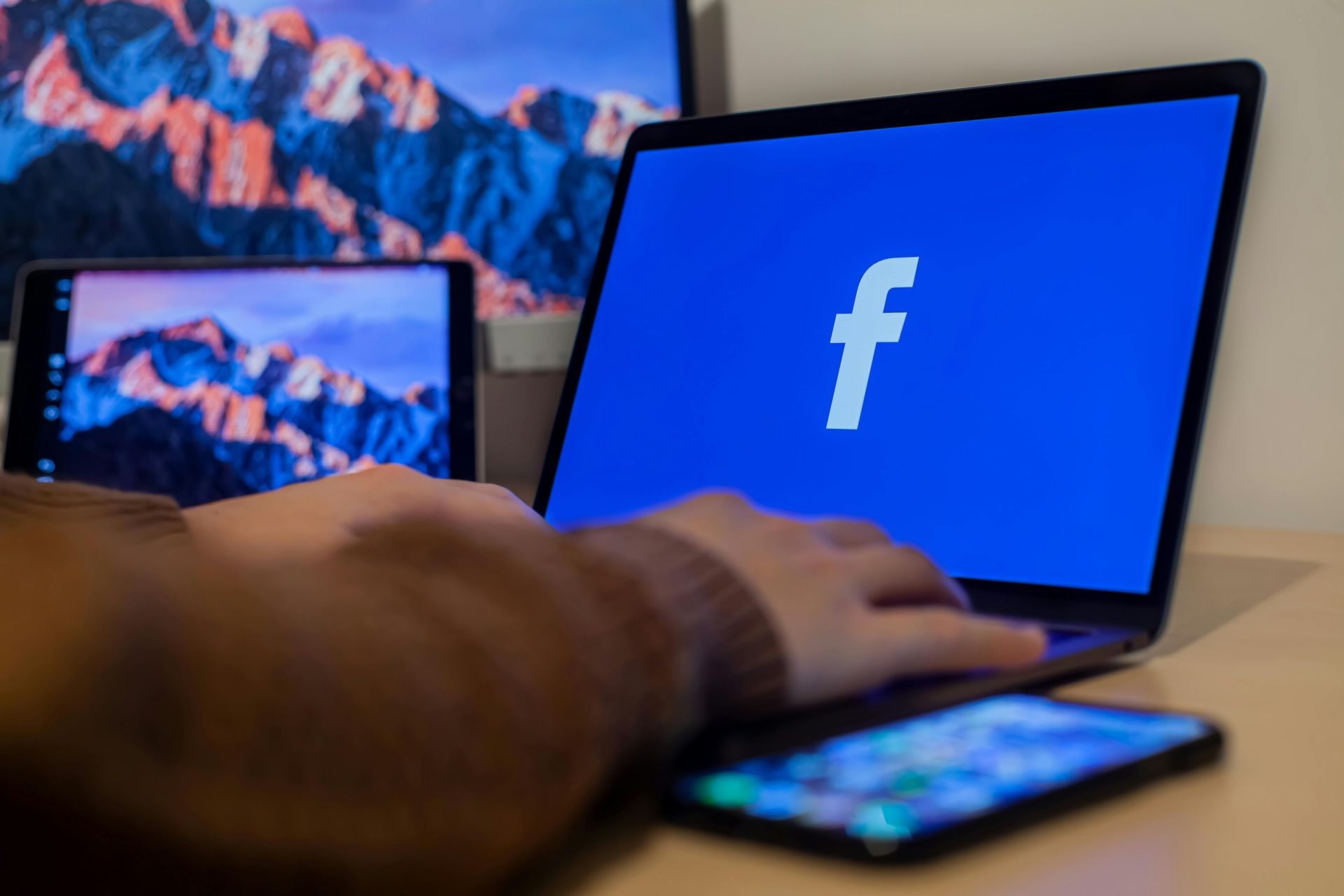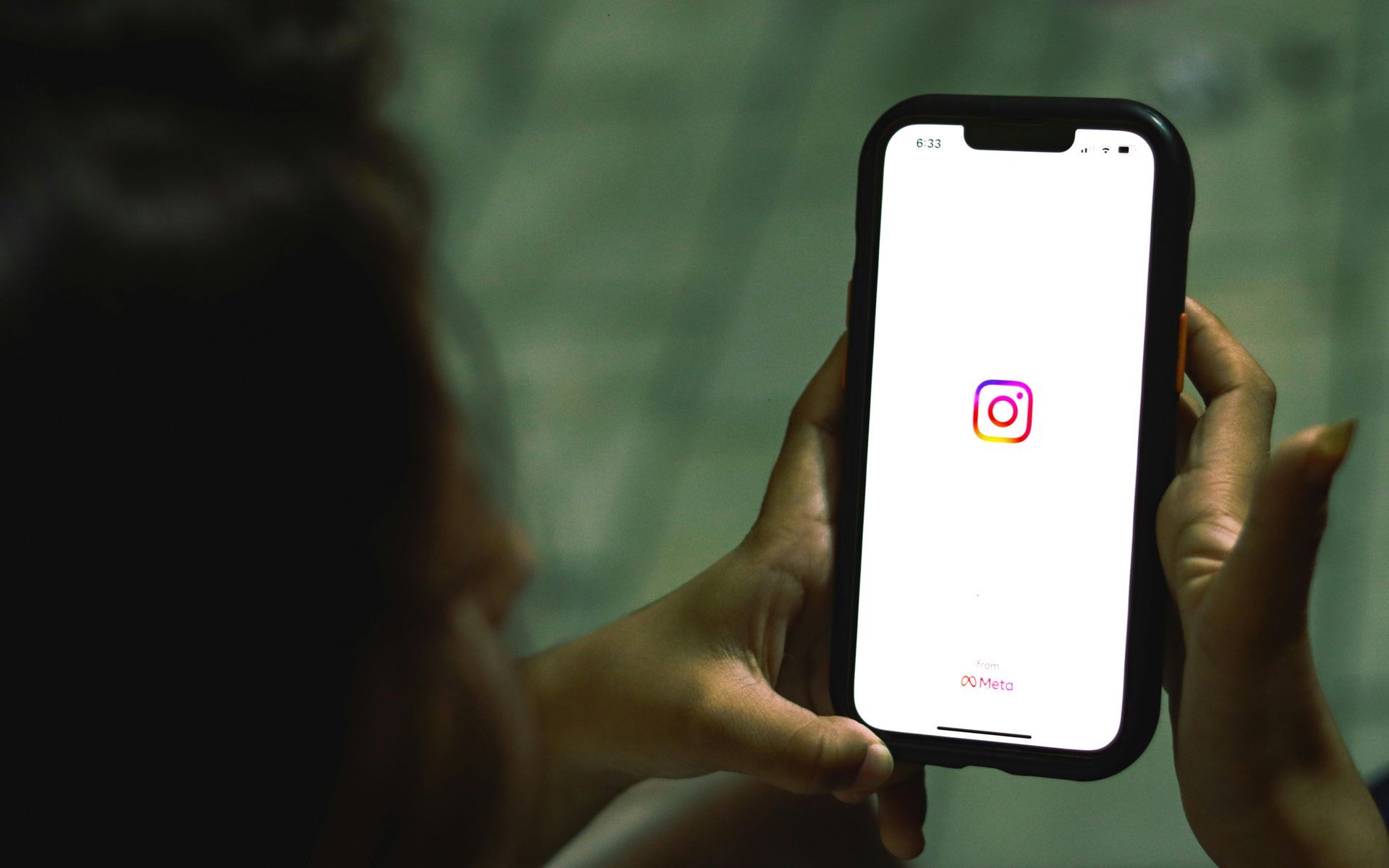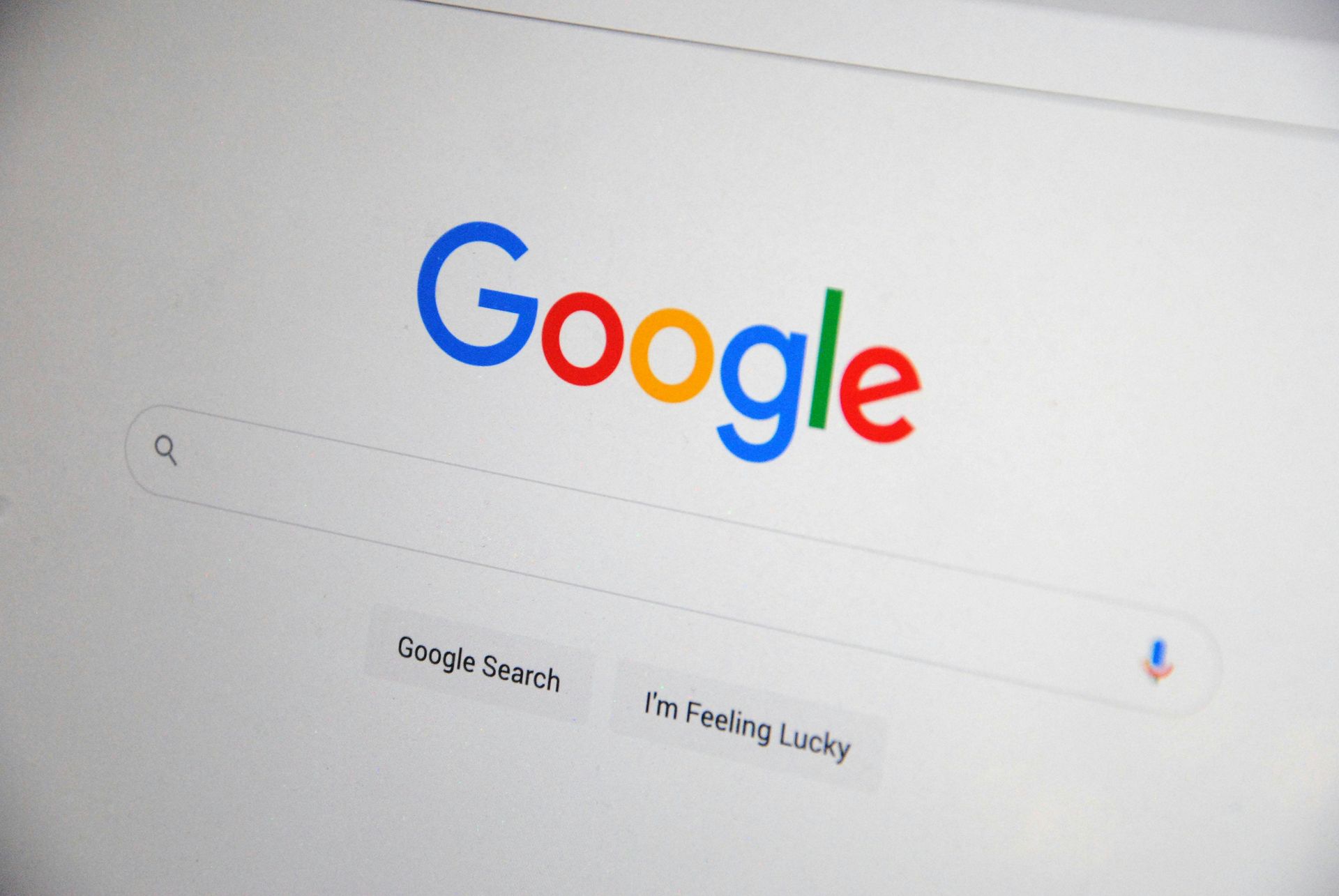The Future of Patient Communication: Trends in Healthcare Automation
The Future of Patient Communication: Trends in Healthcare Automation

In the rapidly evolving world of healthcare, effective communication between providers and patients has become more critical than ever. Patients expect timely, clear, and convenient interactions, while healthcare providers strive to improve efficiency and deliver exceptional care. Enter healthcare automation—a game-changing trend that’s redefining how patient communication happens.
From appointment scheduling to follow-up care, automation is transforming the patient experience and helping providers focus on what matters most: quality care. Let’s explore the trends shaping the future of patient communication through healthcare automation.
1. Automated Appointment Scheduling and Reminders
Gone are the days of endless phone tag to book or confirm appointments. Automated scheduling systems allow patients to book appointments online at their convenience.
These tools:
- Display real-time availability for providers
- Automatically send confirmation texts or emails
- Generate reminders to reduce no-shows
For example:
“Hi Alex, your appointment with Dr. Taylor is scheduled for Tuesday, Dec. 12, at 3:00 PM. Reply ‘1’ to confirm or call us to reschedule.”
The result? Happier patients, fewer missed appointments, and streamlined front-office workflows.
2. Personalized Communication Through AI
Artificial intelligence (AI) is revolutionizing patient communication by enabling highly personalized interactions. From chatbots to tailored messaging, AI can provide instant responses and relevant information.
Key benefits include:
- Answering FAQs, such as “What are your office hours?” or “How do I refill my prescription?”
- Sending personalized health tips based on patient history
- Guiding patients through post-treatment care instructions
AI-powered tools ensure patients feel supported and informed, even outside of office hours.
3. Secure Two-Way Messaging
Patients want more than just reminders—they want a convenient way to communicate with their providers.
Automated, secure two-way messaging allows patients to:
- Ask follow-up questions
- Share updates about their condition
- Receive test results or instructions
For example:
“Hi Sarah, your lab results are ready. Log in to your patient portal to view them or reply here with questions.”
This real-time interaction enhances patient engagement while maintaining compliance with privacy regulations like HIPAA.
4. Automated Prescription Management
Prescription refills and reminders are another area where automation is making waves. Patients can receive automatic notifications when it’s time to refill a prescription or pick one up from the pharmacy.
For instance:
“Hi John, your prescription for [Medication] is ready for pickup at [Pharmacy]. Let us know if you need assistance.”
By simplifying this process, providers can ensure medication adherence and improve patient outcomes.
5. Virtual Health Assistants and Telehealth Integration
With the rise of telehealth, virtual health assistants have become invaluable. These automated tools can:
- Help patients set up telehealth appointments
- Provide pre-visit instructions
- Follow up with post-visit surveys or care plans
Patients appreciate the seamless experience, while providers can focus on delivering high-quality virtual care without the administrative burden.
6. Proactive Health Management with Automated Wellness Check-Ins
Automation is enabling a shift from reactive to proactive healthcare. Providers can now send wellness check-ins to monitor patient health between visits.
Example check-in message:
“Hi Emily, how have you been managing your [condition] lately? Reply ‘1’ if all is well or ‘2’ if you’d like to speak with a provider.”
This proactive approach helps identify issues early, ensuring patients receive timely interventions and support.
7. Enhanced Patient Education Through Automation
Educated patients are more engaged in their care. Automated systems can send patients personalized educational content based on their health needs, such as:
- Videos explaining a diagnosis or procedure
- Articles about managing chronic conditions
- Reminders for preventative care like flu shots or annual check-ups
These tools empower patients to make informed decisions about their health.
8. Data-Driven Insights for Improved Care
Healthcare automation also benefits providers by generating actionable insights from patient interactions. Automated tools can track patterns, such as:
- Frequently asked questions
- Common reasons for appointment cancellations
- Trends in patient satisfaction
This data helps providers refine their processes and deliver more tailored care.
9. Integration with Wearables and IoT Devices
The integration of wearable technology and IoT (Internet of Things) devices with automated systems is a game-changer. Providers can receive real-time health data from devices like fitness trackers, blood pressure monitors, or glucose sensors.
For example:
- Patients receive alerts if their readings fall outside normal ranges.
- Providers are notified of concerning trends for follow-up care.
This integration bridges the gap between in-office visits and everyday health management.
How to Embrace Healthcare Automation
Adopting automation doesn’t have to be overwhelming. Start small by identifying repetitive communication tasks that can be streamlined, such as appointment reminders or patient surveys. Partner with experts like Hatch Strategies to implement systems tailored to your practice’s needs.
Automation tools should:
- Integrate seamlessly with your existing systems
- Ensure compliance with HIPAA and other privacy regulations
- Provide an intuitive experience for both staff and patients
In Conclusion
The future of patient communication is here, and it’s powered by automation. From scheduling and reminders to proactive care and data-driven insights, automation is transforming the healthcare experience for providers and patients alike.
By embracing these trends, healthcare providers can enhance patient satisfaction, improve outcomes, and operate more efficiently.
Ready to elevate your patient communication? Hatch Strategies is here to help you navigate the future of healthcare automation. Let’s build smarter, stronger connections with your patients—together.












